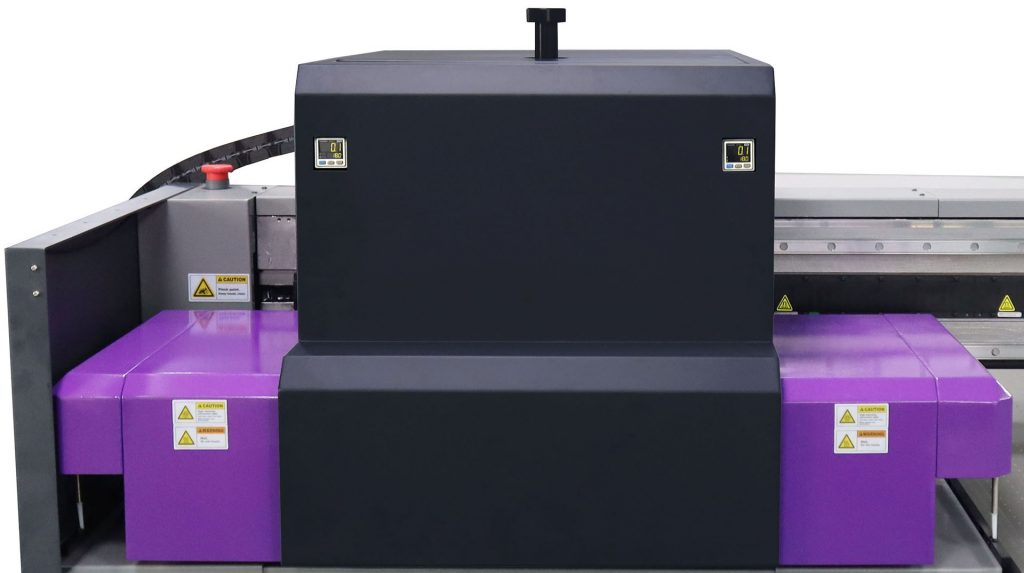Technical Considerations for Printing on Canvas With a UV Flatbed Printer
Technical Considerations for Printing on Canvas With a UV Flatbed Printer
In the realm of digital art and large-format printing, the use of UV flatbed printers has revolutionized the way images are reproduced onto various media, including canvas. UV flatbed printing technology offers numerous advantages, such as high-resolution output, vibrant colors, and durability, making it an ideal choice for artists and photographers seeking to produce gallery-quality prints. However, printing on canvas with a UV flatbed printer requires careful consideration of several technical aspects to ensure optimal results. This article delves into the key technical considerations for printing on canvas using a UV flatbed printer.

1. Understanding UV Flatbed Printing Technology
UV flatbed printers utilize ultraviolet (UV) light to cure ink as it is deposited onto the substrate. This process involves a series of LED lamps or mercury vapor lamps that emit UV radiation, instantly drying the ink after it has been applied. The technology allows for precise dot placement, resulting in sharp images with vivid colors and excellent detail. The instant curing also enables printing on a wide range of materials, including canvas, without the risk of ink bleeding or smudging.
2. Choosing the Right Canvas
Selecting the appropriate canvas is crucial for achieving the desired aesthetic and ensuring the longevity of the print. Canvases come in various weights, textures, and finishes, each offering unique characteristics. For UV flatbed printing, it’s essential to choose a canvas that is specifically designed for inkjet printing. These canvases typically have a special coating that is absorbent and compatible with the ink used in UV printers, ensuring proper ink adhesion and color vibrancy.
Consider the following factors when selecting a canvas:
Weight and Thickness: Heavier canvases provide better support and durability but may require adjustments in printer settings.Texture: The canvas texture can affect the final appearance of the print. A smoother texture may be preferable for detailed images, while a more pronounced texture can add depth and visual interest.Coating: Ensure the canvas has a suitable coating for UV inks to prevent ink from bleeding or fading.3. Ink Selection and Management
UV inks are formulated to cure under UV light, providing instant drying and exceptional durability. When printing on canvas, it’s important to use inks that are specifically designed for this purpose. Look for inks that offer a wide color gamut, good adhesion to the canvas surface, and long-term resistance to fading and environmental factors.
Ink management is also critical. UV printers require regular ink circulation to maintain print quality and prevent ink from drying in the printhead. This process, known as ink stirring, should be performed according to the manufacturer’s recommendations to ensure consistent ink flow and print quality.
4. Printer Calibration and Profiling
Proper printer calibration and profiling are essential for achieving accurate color reproduction and consistent print quality. Calibration involves adjusting the printer’s settings to ensure that it prints colors accurately, while profiling creates a color profile specific to the printer, ink, and canvas combination. This profile is used by the printer driver or RIP (Raster Image Processor) software to translate image data into printer-specific instructions, resulting in predictable and consistent color output.
5. Print Resolution and Detail
The resolution of the print is a critical factor in determining the overall quality of the output. UV flatbed printers can achieve high resolutions, often exceeding 300 dpi (dots per inch), which is suitable for most canvas printing applications. However, it’s important to consider the viewing distance and the intended use of the print when determining the appropriate resolution. For example, larger prints viewed from a distance may not require the same resolution as smaller prints viewed closely.
6. Color Management and Accuracy
Color management is a vital aspect of canvas printing, as it ensures that the colors in the final print match the colors in the original image. This process involves using color profiles, as mentioned earlier, as well as software tools for color correction and adjustment. It’s important to have a good understanding of color theory and how different colors interact with each other, as well as the ability to make adjustments to achieve the desired color effects.
7. Print Speed and Production Efficiency
UV flatbed printers offer the advantage of fast print speeds, which can significantly impact production efficiency. However, it’s important to find a balance between print speed and quality. Printing too fast may result in ink not fully curing, leading to smudging or bleeding. On the other hand, printing too slow may increase production time and costs. Finding the optimal print speed for your specific canvas and ink combination is crucial for achieving both quality and efficiency.
8. Post-Print Handling and Finishing
Once the print is complete, proper handling and finishing are essential for protecting the print and ensuring its longevity. UV-cured inks are relatively durable, but additional measures can be taken to enhance the print’s resistance to fading, scratching, and environmental factors. These may include applying a protective coating or varnish, using UV-resistant sprays, or laminating the print.
Additionally, proper storage and handling of the finished print are important to prevent damage. This may involve using acid-free materials for packaging and storage, as well as avoiding exposure to direct sunlight or extreme temperatures.
Conclusion
Printing on canvas with a UV flatbed printer offers numerous advantages, including high-quality output, vibrant colors, and durability. However, achieving optimal results requires careful consideration of several technical aspects, including canvas selection, ink management, printer calibration and profiling, print resolution and detail, color management, print speed and efficiency, and post-print handling and finishing. By understanding and addressing these considerations, artists and photographers can produce gallery-quality canvas prints that showcase their work in the best possible way.
